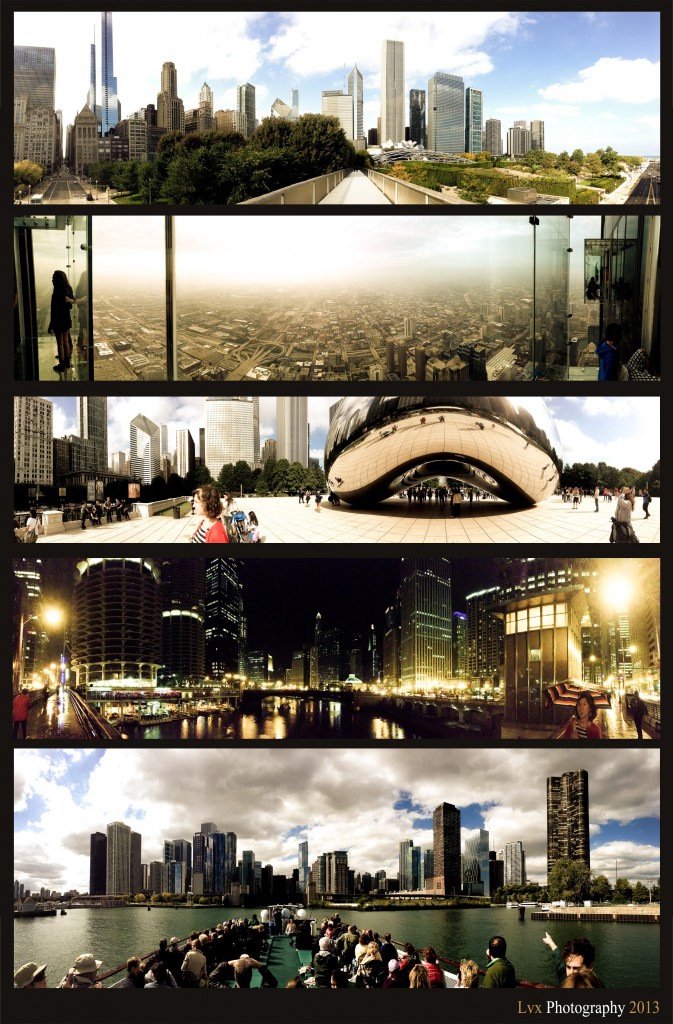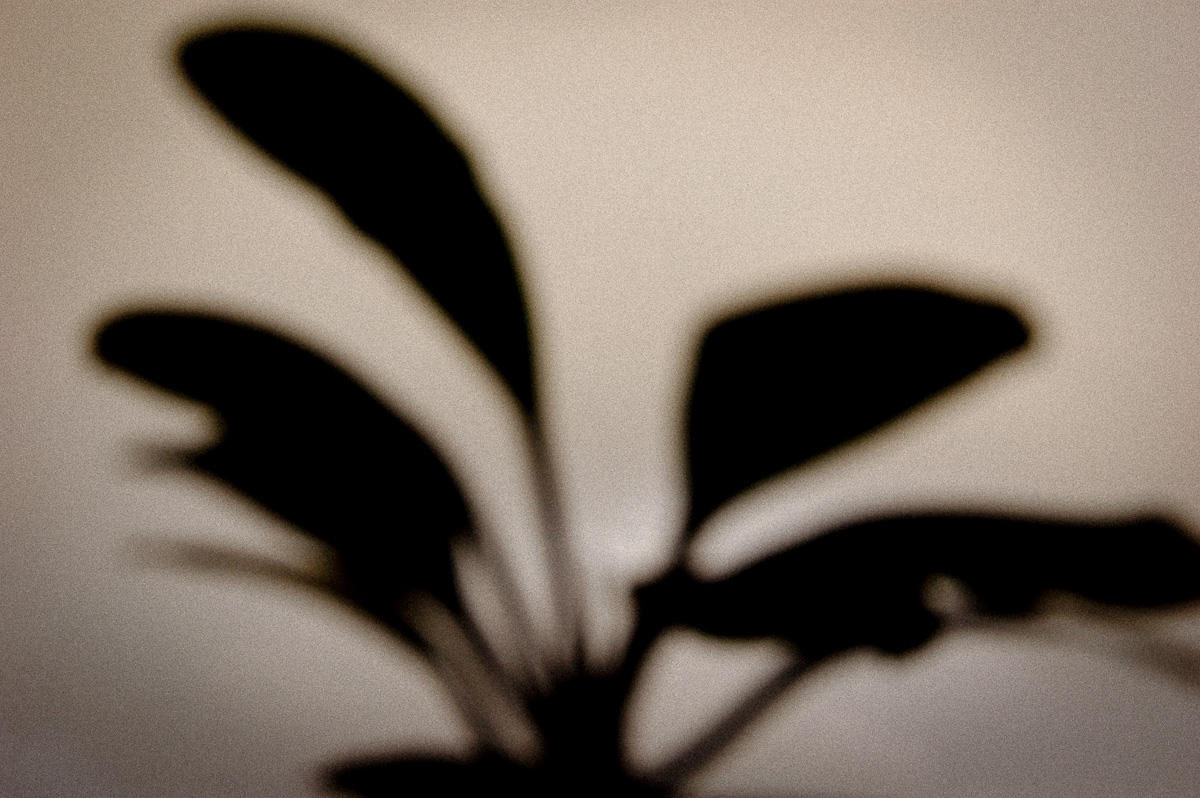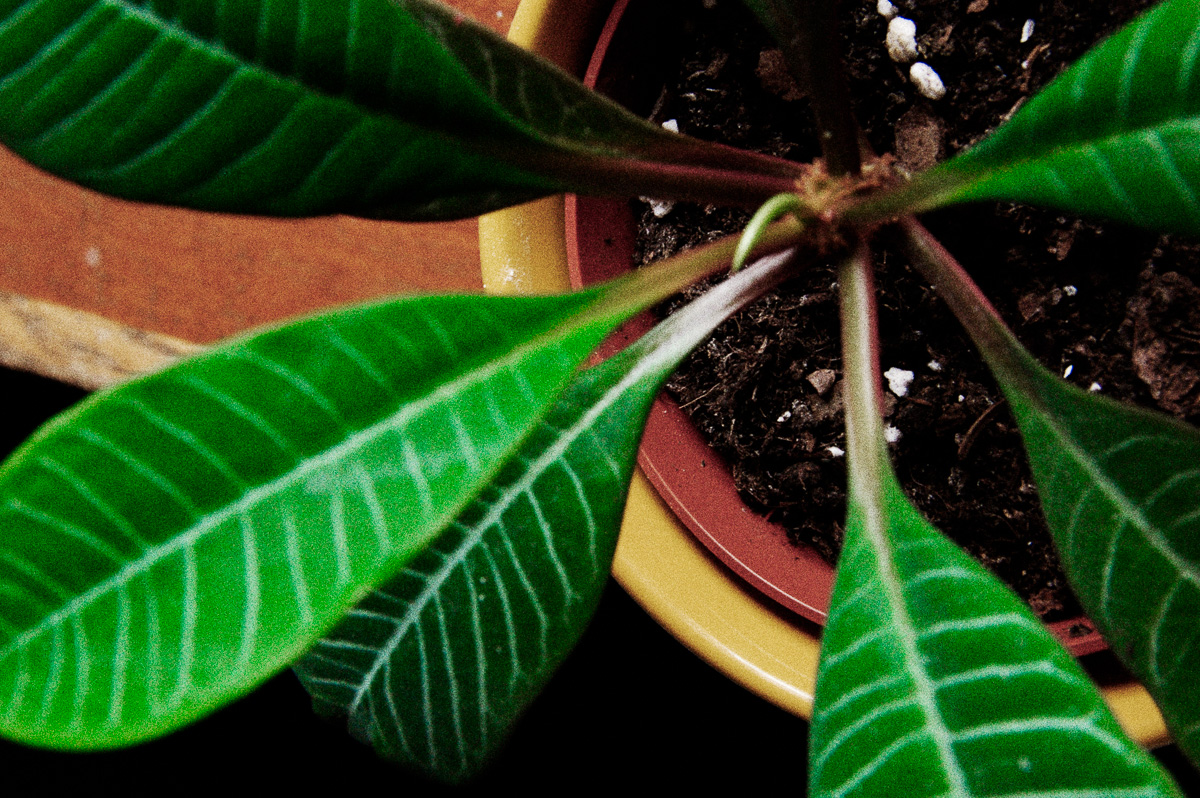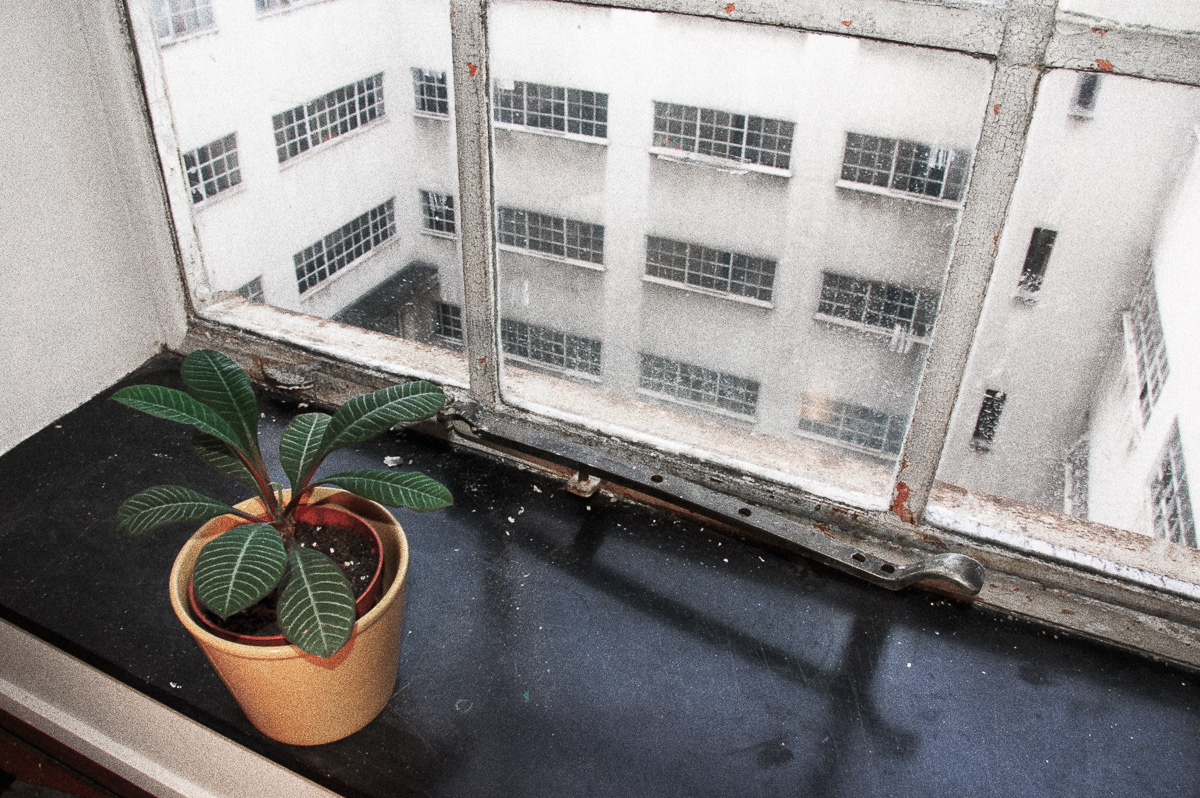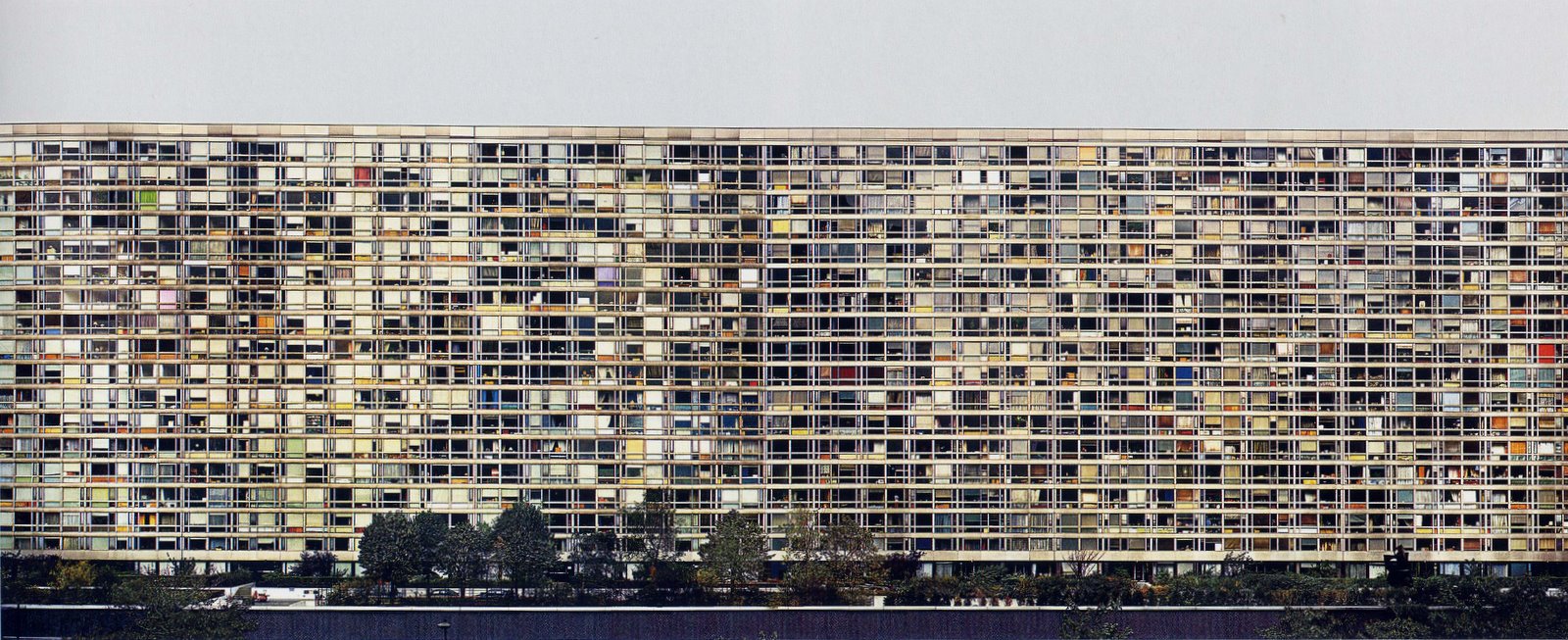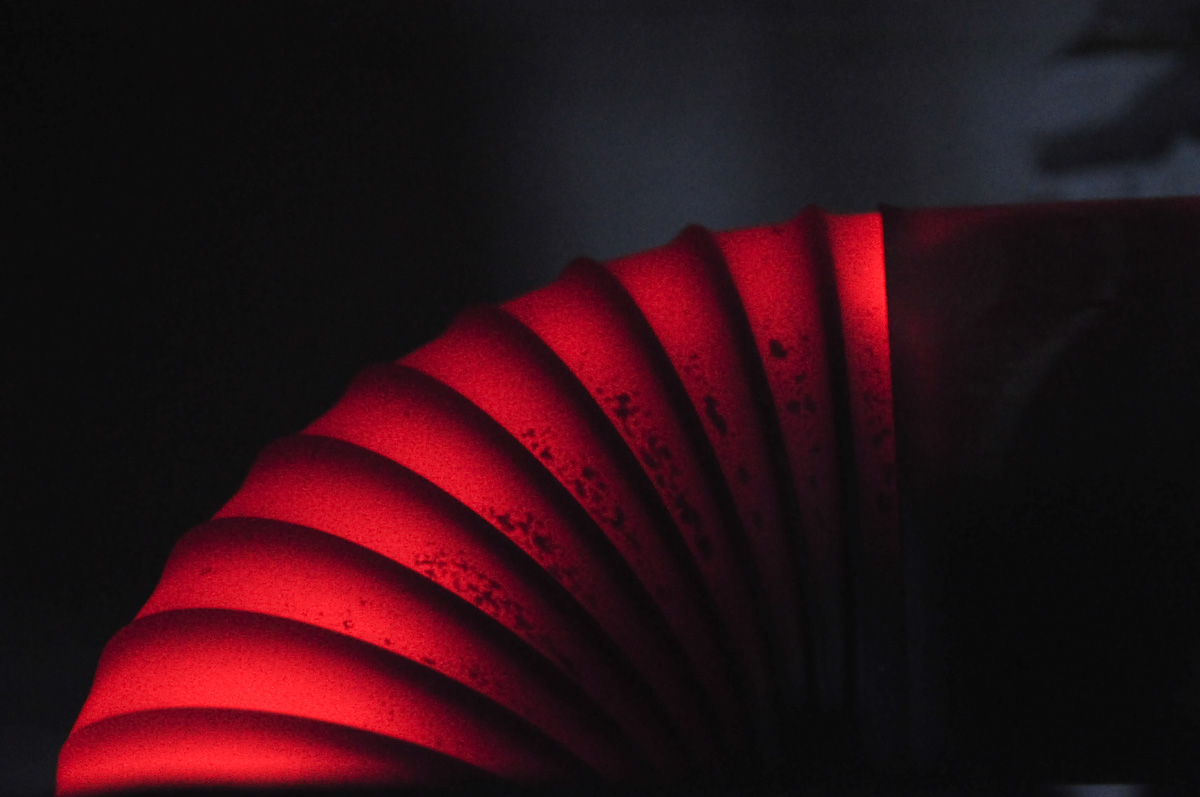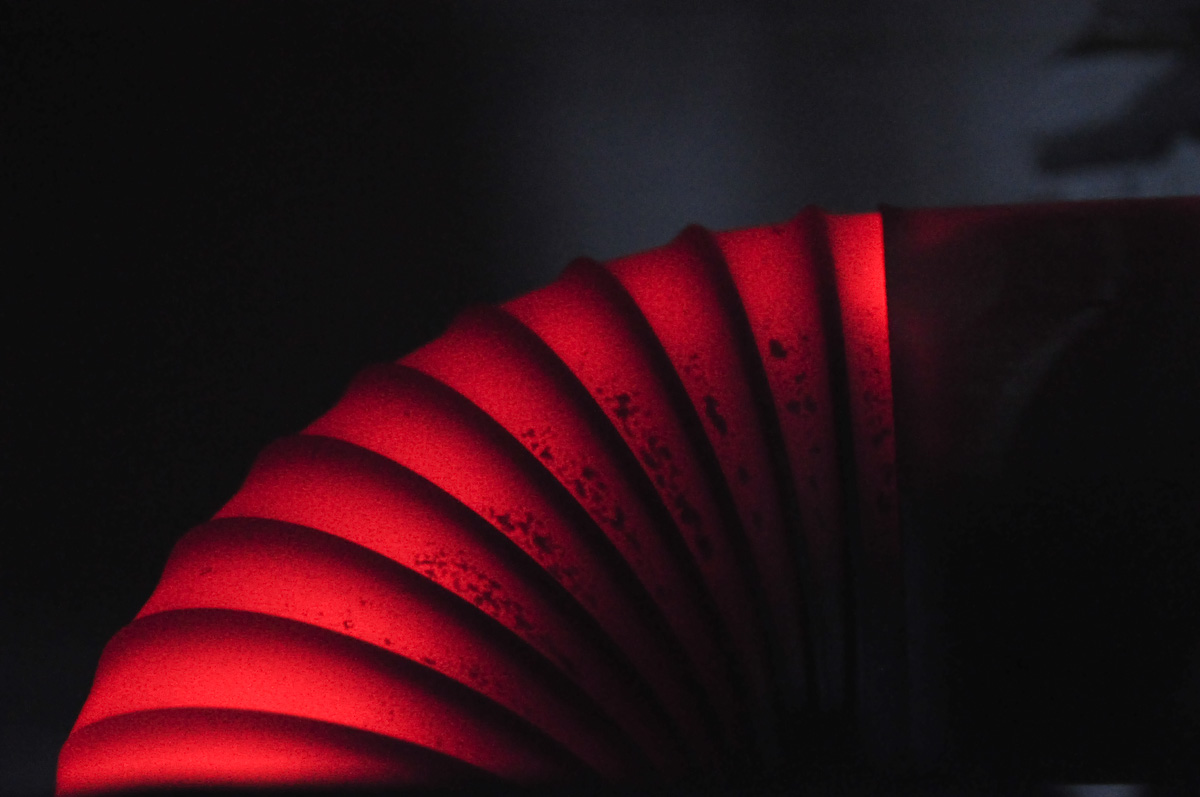Right above use at every instant of our lives there is something breathtakingly gorgeous that is sure to appeal to anyone no matter the age or cultural background. Yet we can hardly every appreciate it in its full beauty.
I have recently spent a few weeks in Australia. It was my first experience in the area and I wished to see some of the famous landscapes that central Australia is known for, such as Uluru (Ayers Rock). All of what I saw during daytime was wonderful but it was after sunset that the greatest thing of all came to shine: starlight across the horizon as I had never seen it before.
On the second night of camping I took the long exposure photograph you see below. It took the camera thirty seconds to capture what your naked eyes can marvel at constantly. The campfire that shines brightly in this picture was almost extinct and two of my fellow travellers where chatting well beyond midnight. At least a hundred kilometers away on the horizon, lightning strikes from a storm illuminated the night sky and just about every minute a shooting star flew above us. The bright area across the photograph is our Milky Way galaxy, which I had never seen before.
It was with this view that I fell asleep in a swag outside and it was with that view that I woke up before sunrise to continue the hike. Something you will never forget.


